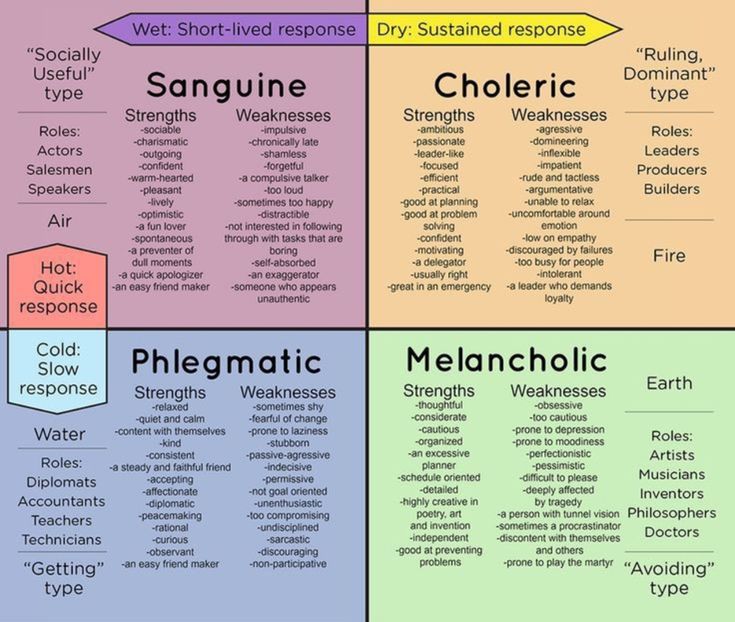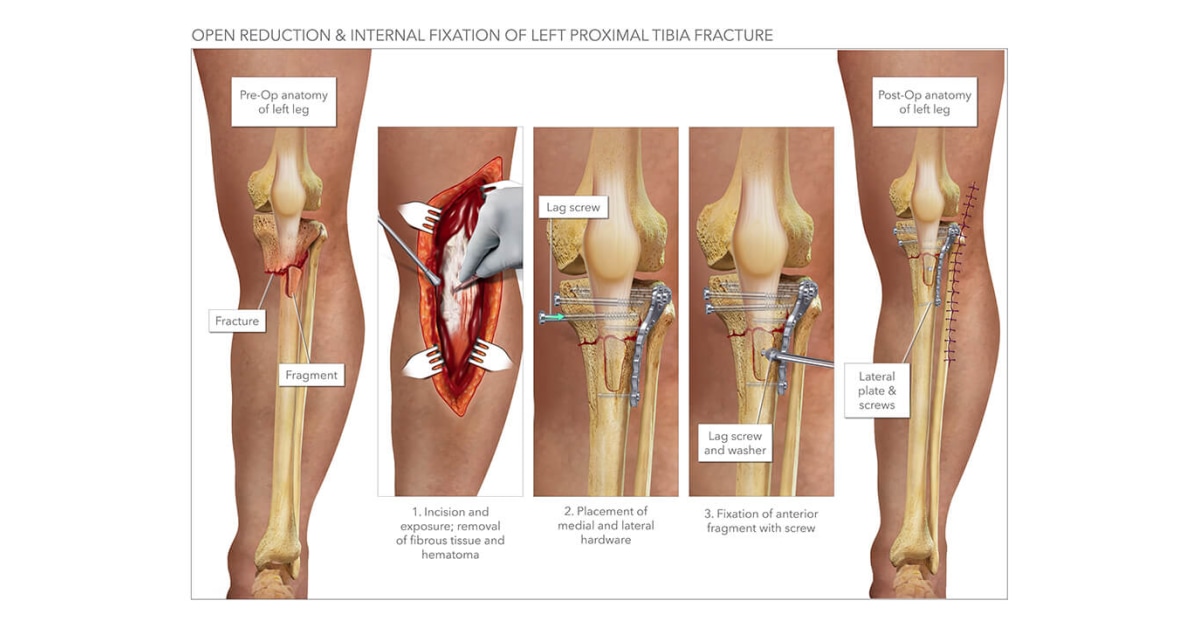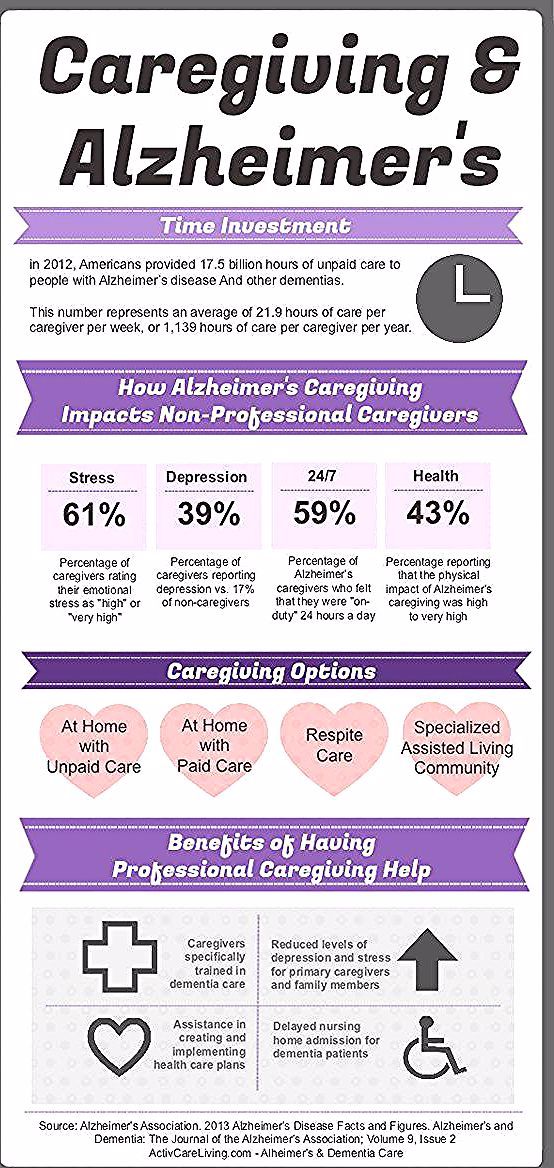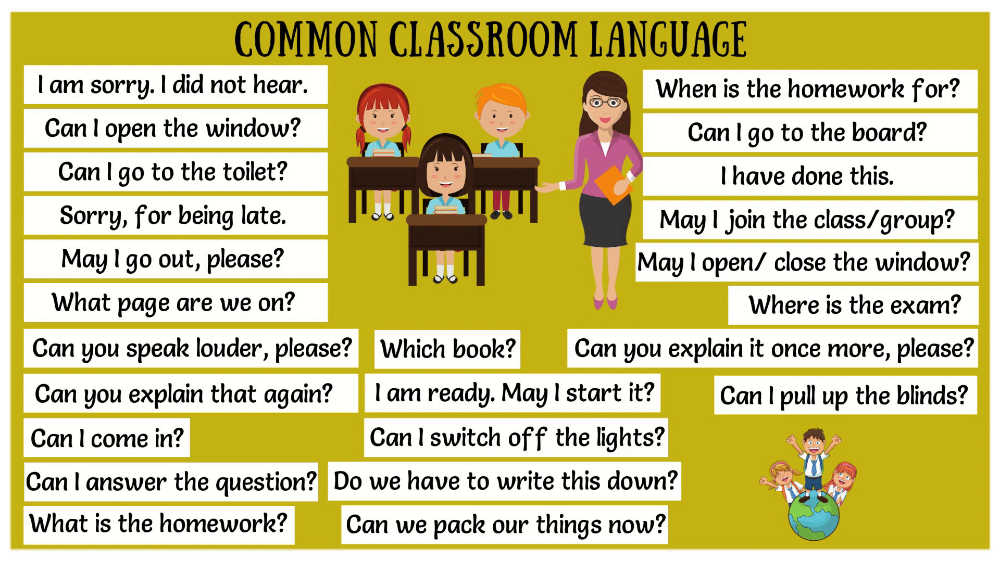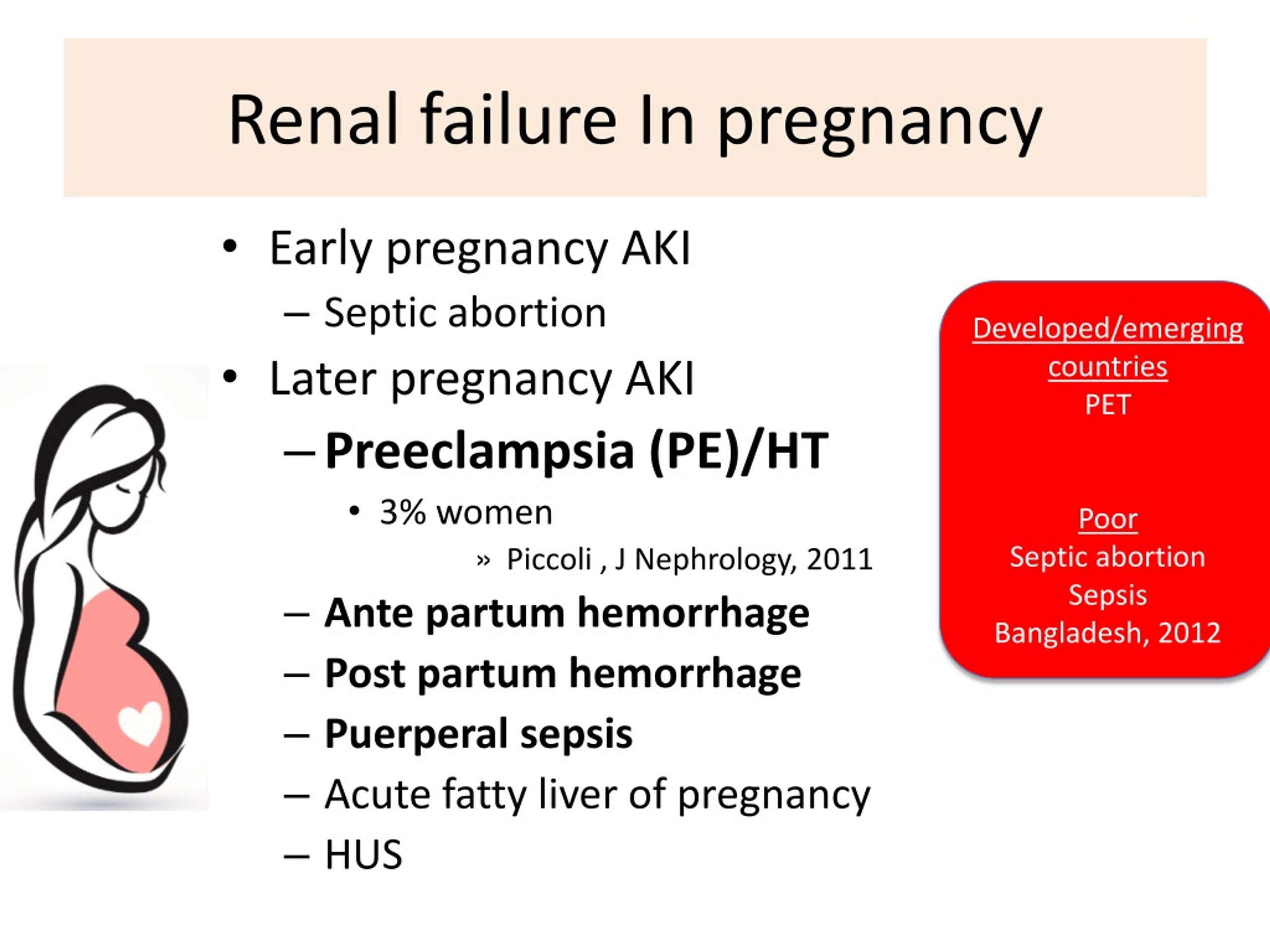How to make your child more aggressive
9 Surefire Ways to Help Kids Become More Aggressive in Sports
©fotokostic via Canva.comGrowing up, I definitely played more on the timid side. I was a stay-at-home defenseman and often opted to play on the safer side as opposed to trying to make aggressive plays and potentially leaving my net exposed. Over time I’ve learned that not playing aggressively and stepping up in key situations was detrimental to my overall game.
So how do you teach kids to be more aggressive in sports?
You can teach kids to be more aggressive in sports in several ways: pushing them but not taking the fun out of the game, helping them understand the games(s), overcoming the fear of failure, setting goals, helping them understand their roles, offering encouragement and more.
It might be difficult for a player to play a more aggressive playstyle right away but over time the process will be well worth it. If you know someone who plays with too much caution, we encourage you to read on so you can offer them advice or to forward them this article.
As a parent or coach, it’s always important to push your children/players but you also shouldn’t do this to a point that the sport becomes no longer fun to play.
You should let them know that you want the best for them and to guide them in the right direction, instead of being overbearing.
I also believe it’s important to encourage your kids/players to play multiple sports growing up to see which sports they enjoy the most. You want them to cast a wide net to see which sports click with them the most.
I also suggest looking back to when you played sports growing up to figure out what worked best for you and what you could start implementing with your players. In terms of coaches, I’ve had both sides of the spectrum growing up.
I’ve had coaches that let you play but didn’t guide/push you much and I’ve had coaches who’ve made practice and games miserable by being overly pushy.
Luckily for me, I always had supportive parents when it came to sports who wanted nothing but for the best of me.
As a parent/coach, try to find a middle ground between these two extremes otherwise the players probably aren’t going to get any better or enjoy the sport.
Helping Your Players Understand the Game©tuckerjones2 via Canva.comOne way to help players play more aggressively is to help them better understand the sport they’re playing.
In baseball for example, if you’re playing in the infield and a grounder is hit to you, you want to work through the ball as you field it instead of trying to account for the bounce.
Working through the ball helps reduce the chances that the ball takes an unpredictable bounce that can’t be accounted for.
Aggressive play also lends itself to other sports such as soccer and basketball. In soccer, possession is the name of the game and if you have the opportunity to gain it you should do so.
That means when there’s a 50/50 ball, you should probably go for it because you never know what will come from the other team gaining possession.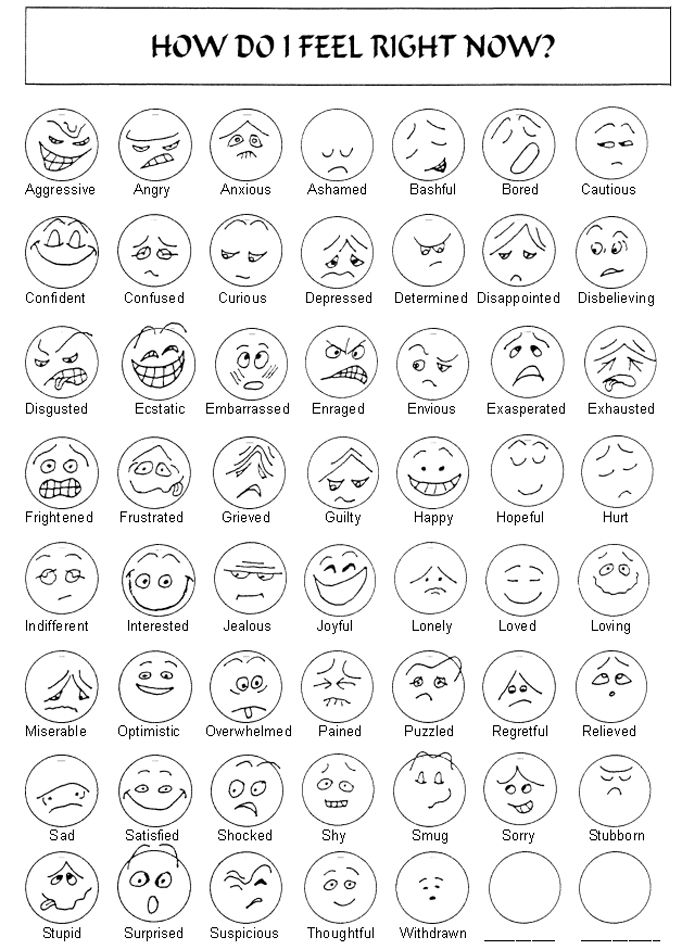
In basketball, players can play aggressively by proactively going after defensive and offensive rebounds. These rebounds will add up throughout a game and will tilt the probability of winning in one team’s favor.
It’s important defensive rebounds are collected as often as possible because offensive rebounds usually lead to easy points. The concept of aggression can be applied to just about any sport in some way.
Generally speaking, it’s better to be proactive rather than reactive.
Overcoming the Fear of Failure in SportsThroughout my life, I’ve learned that there’s no reason to fear failure. No matter what sport you’re playing or job you’re working, we’re all going to fail throughout our lives.
This means if you went after a 50/50 ball in soccer or didn’t quite get that rebound in basketball, to keep your head up and keep going. Many people will get stuck in their own heads when something doesn’t go to plan, which will affect them going forward.
If you play or watch a game of soccer, you’d get an idea for how many 50/50 balls there are in a game. Spoiler alert: There’s a ton! Just because you didn’t make it in time to get the ball once or twice doesn’t mean you’re a bad player.
There could be things you need to work on or you might just have been unlucky. With that said, there’s nothing wrong with failing because we’re usually able to take away more from our shortcomings than our crushing victories.
There’s much more you can take away from winning or losing a close game in any sport than winning by a landslide or getting blown out.
Close losses allow you to focus on certain areas of your game that can be improved, while losing or winning big doesn’t offer you much.
As a parent, coach or even a player, you can advise others to let them know what you see when they play and what they could improve on. In the heat of the moment, we usually can’t reflect 100% accurately on what transpired.
A third party offers another perspective on the situation that is usually less biased than the one in our heads.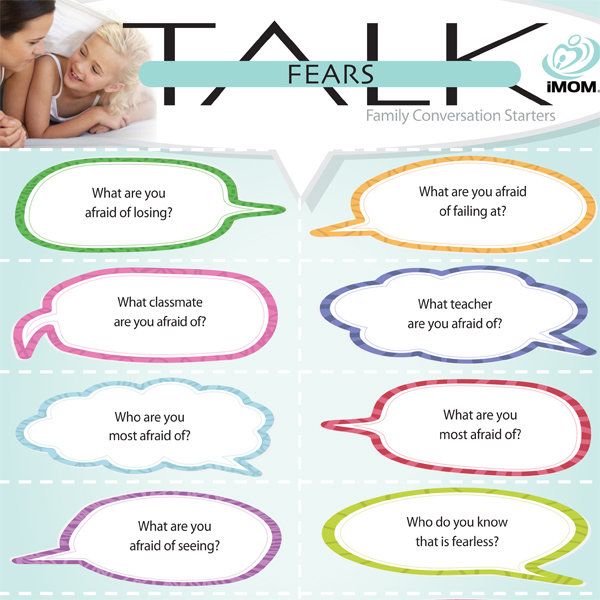
If you know someone who gets down on themselves easily when they come up short, just point to some professional athletes. For example, we could consider Mike Trout as being one of the best baseball players ever, but even he fails seven out of 10 times at the plate.
Another example is Lionel Messi. He’s in the conversation for greatest soccer player to ever play, yet he hasn’t won a World Cup. The thing that both these players have in common is that they use their failures to get better.
Even if you never play a sport professionally (statistically speaking you probably won’t), coming up short in sports helps you build resilience, which applies to all aspects of life.
“You miss every shot you don’t take.” – Wayne Gretzky
Setting Goals in SportsNo matter who you are, you need to set goals for yourself. The purpose of creating goals is to give you something to shoot for, rather than going through the motions.
I would recommend setting many small goals for yourself and a couple of big goals because you’ll achieve smaller goals quicker, which will help motivate you to achieve your larger goals.
These smaller goals could be something as simple as giving 100% during a game or going after more rebounds. By setting these goals and then achieving them, you’ll realize that you’re capable of improving your abilities which will only help you down the line.
Like in the case of small goals, you should set multiple big goals. Having big goals gives you a target to ultimately reach, which can help you showcase your hard work.
These goals can be just about anything you can think of. They could be leading your team in rebounds this season, scoring the most goals on your soccer team this month or stealing 20 bases this season in baseball.
The great thing about achieving your goals is that they most likely not only make you a better athlete but that they also increase your confidence in and out of sports.
This newfound confidence will help you mentally by letting you know that you’re capable of great things. I also encourage you to set more goals for yourself as you start completing your original goals.
Proper motivation can go a long way to helping someone become a more aggressive player. Motivation could come from a third party (extrinsic motivation) or it could come from within (intrinsic motivation).
Both forms of motivation are effective ways to help someone improve their overall game.
Extrinsic motivation isn’t created by someone themselves but rather from some kind of reward or goal.
Examples of extrinsic motivation are: receiving a reward for scoring the most goals on your soccer team in a season, earning extra time on the Xbox for giving it your all during a game, playing harder to try to impress someone and the list goes on.
On the other hand, intrinsic motivation is developed from within. Intrinsic motivation is all about doing things because you want to, not because you’re going to receive a reward.
Wanting to be the very best at soccer because you love soccer would be an example of intrinsic motivation.
If you play a ton of baseball because it’s fun to play, that’s intrinsic motivation as well. Playing a sport because you want to earn a scholarship would be extrinsic motivation.
Generally speaking, it’s better for someone to be intrinsically motivated instead of extrinsically motivated. You’re more likely to keep yourself intrinsically motivated over a long period of time than you are through extrinsic motivation.
It’s better to play for the love of the game!
Building Confidence in Athletes©matimix via Canva.comOne of the best ways to help players play more aggressively is to compliment them when they make aggressive plays. Praising players after they make an aggressive play will help reinforce these desired habits. It’s also important to be specific with praise.
Instead of just saying “good job Johnny”, try saying “way to chase down the quarterback Johnny!” The more specific you can be when encouraging your players, the more likely they’ll interpret it as genuine, which will benefit them more.
Encouragement shouldn’t be reserved for when players only do things correctly. It should also be given when players get down on themselves. The purpose of this is to help the players not second guess themselves during practices or games.
The less players are sure of themselves, the less likely they’re going to assert themselves in situations where aggression is key.
We should focus on building the confidence up of our players through any means possible because confidence in the sporting world translates to confidence in life.
Aggression vs HostilityOne thing that should be made clear is that aggression and hostility aren’t the same thing. When talking to your players/kids about playing more aggressively, let them know that they’re probably going to initiate contact and commit fouls on occasion.
If they’re going for a 50/50 ball in soccer and end up bumping into an opposing player, that’s going to happen from time-to-time. Encourage your players to help the other team up or to move on right away in these situations.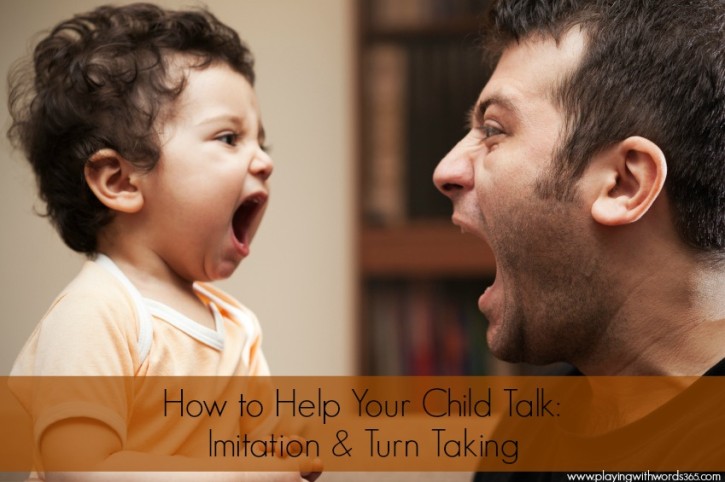
Players should also take heed of how many fouls they have on them or have committed over a game. A player who has a yellow card in soccer or multiple fouls in the early minutes of a basketball game should tone down the aggression.
If they don’t, they are liable to pick up additional fouls and potentially get ejected from the game.
On the other hand, a player shouldn’t deliberately foul the opposing team if they don’t get their way or if the other team does something they don’t like. Injuries of all kinds are bound to happen playing sports anyway, so there’s no reason to cause them needlessly.
These are some examples of hostile actions you should avoid: swinging your elbows in basketball, slide tackling a player purposely in soccer, throwing at a batter on purpose in baseball, tackling the quarterback below the knees and the list goes on.
Many of us treat our various sports as more than just games, but sometimes we need to remind ourselves that they are simply that – games.
Teaching your kids or players to be more aggressive in certain situations and in general will be much easier if they enjoy the sport they’re playing. If they enjoy the sport, they’ll naturally want to become better players, which oftentimes involves more aggressive play.
Players who don’t enjoy what they’re doing are unlikely to push themselves to get better. This means that you should try and make practices more fun by incorporating games and by mixing it up.
While conditioning has its place in any sport, it shouldn’t be the main focus all the time.
By having more fun during practices and games, the players will be more receptive to what you have to say as a coach or a parent. If they’re not having fun playing the sport, the situation should be evaluated to find out the reason.
Helping Players Understand Their RolesA great way to teach aggressive play is to help the players understand their roles on the field.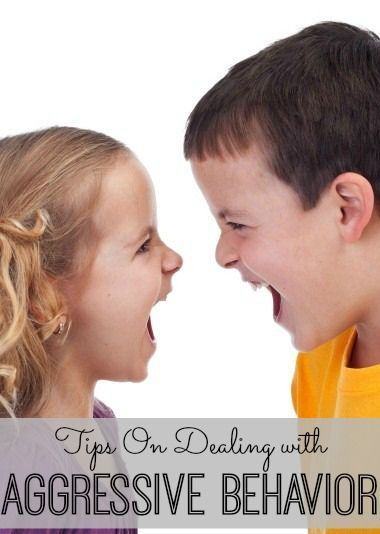 Each position on the field or team has a different job, so a blanket coaching approach to aggression won’t prove effective.
Each position on the field or team has a different job, so a blanket coaching approach to aggression won’t prove effective.
For example, a defender and attacker in soccer play their positions very differently for good reasons.
An attacker can afford to play more aggressively because if he ends up not winning a ball, there isn’t an immediate threat that the other team will score right away.
In the case the attacker wins the ball, he’s on the opposing team’s side of the field and will likely have a goal-scoring opportunity.
On the other hand, if a defender overplays a ball and doesn’t result in possession, the other team is going to have a prime goal-scoring opportunity. Aggressive playstyles benefit certain players/positions more than others.
Let’s take a look at aggressive play in baseball. For instance, first basemen need to be quite aggressive when digging balls out that are thrown to them.
This is because many of the throws come from the left side of the infield, which requires longer and harder throws.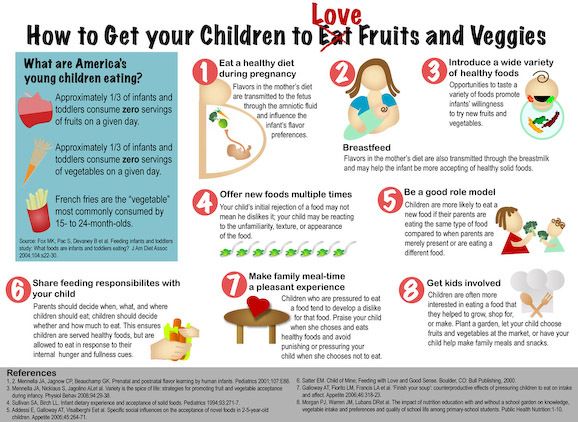
Some of these throws are bound to hit the ground before reaching the base and it’s up to the first baseman to work through the ball and take away any potential bad hops.
On the other hand, an outfielder may play less aggressively by not diving after a ball or by dropping to one knee to field a ball. By diving after a ball, you may make an amazing play and get an out but you might also miss the ball and let it roll to the fence.
This effectively allows a single or double to turn into a triple or inside the park home run.
The same goes for dropping to one knee to field a ground ball. If the batter hits the ball to the outfield and there’s no way of getting him out at first and he’s unlikely to advance to second, drop to one knee to ensure the ball doesn’t get by you.
Letting the ball get by you is only going to let a single turn into a double or a triple. No matter what sport you play, the amount of aggression you should show depends on your position and the situation.
- How to Coach Disrespectful Youth Athletes
- Coaching Young Athletes Who Struggle with Paying Attention
- Creating a Winning Environment for Youth Sports Teams
- 20 Tips for First Time Sports Coaches
How Do I Get My Child to be More Aggressive in Sports
Joseph Luma Uncategorized 0 Comments
First off, when we talk about helping kids become more aggressive in sports, it’s not at all in a manner that’s harmful or directed towards others. The kind of aggression being referred to is exherting more effort towards getting involved in a play.
Can a child learn to be more aggressive in sports? Children can learn to be more aggressive through coaching, skill development, and modeling. Having an aggressive mentality can be ingrained in some kids more than others based on personality, but like most behaviors, it can be learned.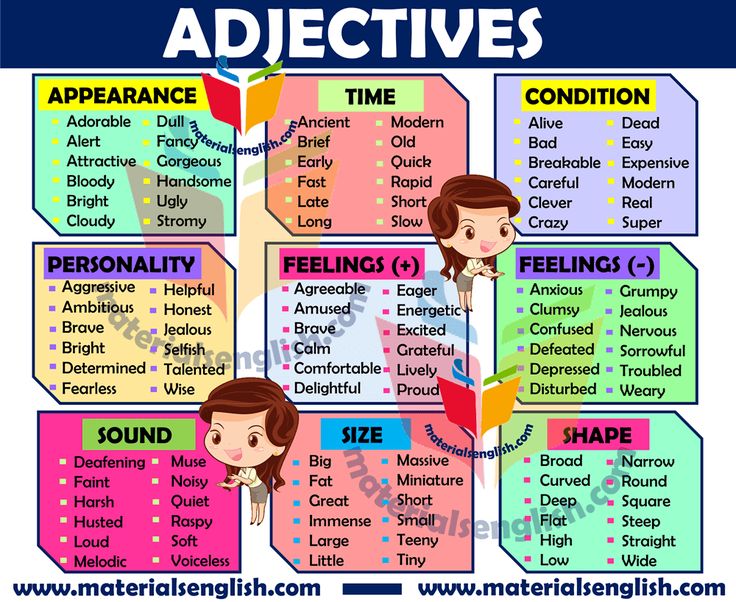
Are your expectations realistic?
The first thing to ask yourself is what is to be gained by pushing your child to assert themselves in the game. As parents, we want what’s best for our kids, but sometimes our best interests don’t align with what our children need from us. For example, pushing our 7-year-old to go after the ball more in a recreational soccer game may be more detrimental, then getting desired results. In this scenario, an emphasis on just enjoying the game, and learning the fundamentals should be what’s encouraged.
For kids that have been playing sports for a few years and are in a more competitive setting, like club sports, then working on how they can be more aggressive is more realistic. Putting too much pressure on your child ruins the fun, which taints kids desire to play the sport.
Do they enjoy the sport?
If your child isn’t diving for every loose ball or attacking every play, have you considered that maybe they just don’t enjoy playing? Having open communication can help gain perspective whether the on-field play has more to do with their attitude towards the game or something else.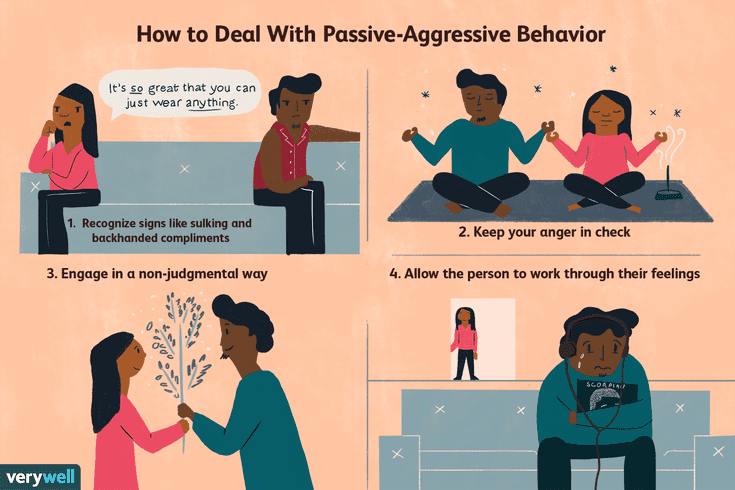 During these conversations be a good listener instead of providing too much advice.
During these conversations be a good listener instead of providing too much advice.
There could be other mental factors affecting their performance in competition. Some kids can be anxious when it’s time to compete or maybe they’re struggling socially. Check out my related post on Helping Kids Through Performance Anxiety in Sports.
How can we teach kids to be more aggressive during gameplay?
Help them to understand their Role
Your child could be holding back because they don’t know what is expected of them. Sometimes just barking out orders to kids isn’t the clear direction that they need or adults can make assumptions that a child should know what to do after being told once. I’ve learned as a coach to never assume but always work on spelling things out for kids. Having a basic understanding of the sport your child is playing can help you to reiterate some of the basics of the game.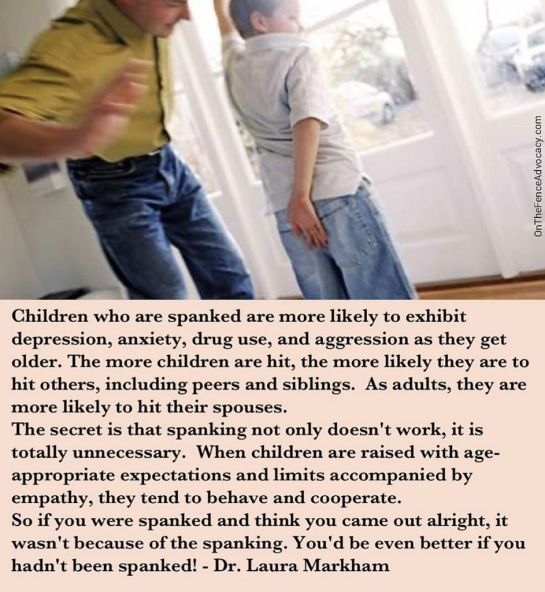
Overcome the Fear of Failure
Another common reason that kids may not be giving their all, is they don’t want to screw up. They may have been ridiculed by a peer or called out by a coach for a negative play, so they’re hesitant to make another mistake. Helping your children understand that it’s ok to make mistakes, that it’s part of the learning process, will encourage your kids to be more willing to push through.
Set Small Goals
The flashy play or how much we score is often what is glorified, but we could be celebrating hustle plays as well. Set goals for your kids for doing those little things that show aggression. It could be as simple as grabbing a couple of rebounds or how many times they kick a soccer ball. If they accomplish their goal celebrate with a reward.
At Last! Law of Attraction and Goal Setting FOR KIDS! Click here to Learn More.
Celebrate what they do well
Sometimes it can be easy to get caught up on what needs improving, but identifying things that your child is succeeding at can help boost their self-esteem. As kids achieve small accomplishments, improved confidence in their ability, can lead to more drive.
As kids achieve small accomplishments, improved confidence in their ability, can lead to more drive.
Improve Skill Development
Youth could be tentative because they need a little extra practice with developing fundamentals for that sport. Personal coaches can be an option with helping kids to train outside of the team environment that could benefit your child. As your child learns how to play the game and master skills it can lead to more aggressive play. Maybe your kid needs to work on conditioning or improve stamina to help them have the physical ability to play harder.
Find a Good Coach
Sometimes you end up with a coach by default, but if you are paying for a league or club, make sure that you get to know the coach before you pay. Find someone that aligns with the beliefs that you have and demonstrates the ability to teach versus just win at all cost.
How is the child motivated?
We all have different things that motivate us and a child is no different. Your child’s initial reason for participating in sports can tell you a lot about how they’re motivated. If they just want to play for social reasons, they probably don’t care that much about how they perform unless it helps them bond with others. The two main factors to consider for helping a player increase effort would be extrinsic and intrinsic motivation. It’s important to note that both motivators can work together and not just be an either or trait.
Your child’s initial reason for participating in sports can tell you a lot about how they’re motivated. If they just want to play for social reasons, they probably don’t care that much about how they perform unless it helps them bond with others. The two main factors to consider for helping a player increase effort would be extrinsic and intrinsic motivation. It’s important to note that both motivators can work together and not just be an either or trait.
Extrinsic
An extrinsically motivated child is going to want to work towards earning rewards, trophies, or praise. Kids that are more extrinsically motivated can be more concerned with outcomes.
How Parents can help:
• Create a tangible reward for accomplishments
• Let them know you are proud of them
• Praise them in front of others or on social media
Intrinsic
A child that is intrinsically motivated may be driven by bettering themselves or meeting their own personal milestones.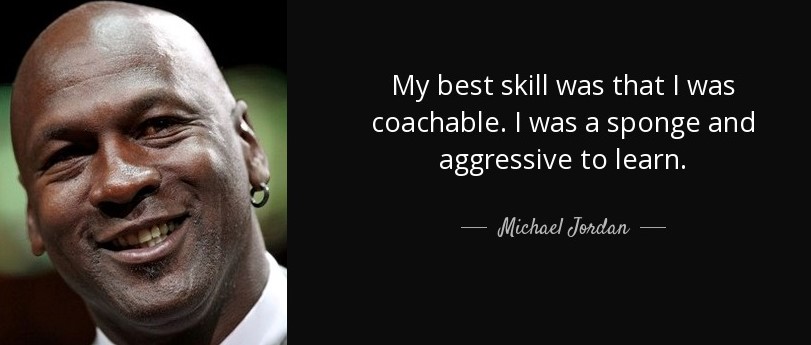 If they really enjoy what they’re doing or the sport their playing than they’re more apt to want to develop the skills to excel. Feeling part of a team or the experience is going to be rewarding.
If they really enjoy what they’re doing or the sport their playing than they’re more apt to want to develop the skills to excel. Feeling part of a team or the experience is going to be rewarding.
How Parents can help:
• Reinforce how their individual performance is contributing to the good of the team
• Help them identify individual goals
• Respond to their individual behaviors
• Maintain open communication with them on what is enjoyable about the experience
Final Thoughts
Let’s continue to maintain perspective of why our kids are involved in sports in order to put their best interests first. By doing so, parents can encourage kids to give maximum effort in a supportive way, and as needed. There are constructive ways that we can help our kids show more fight during the game without promoting negative behavior, for our own agenda, or being over the top.
Please comment below on anything that you’ve enjoyed
Tagged child to be more aggressive in sports
How to help your child cope with anger
In my work as a school counselor, I most often encounter a tendency to increase aggression and anger in almost all children.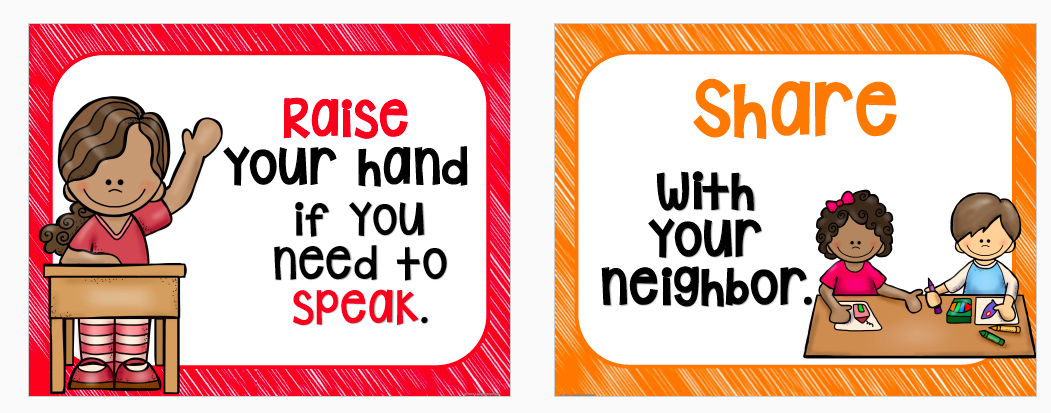 Whether we dare to admit it or not, the constant pressure to depict violence on television, in video games, on the Internet, in films, in music, and in our newspapers, is harming our children. As a result, too many children become insensitive to violence and begin to believe that anger is the only way to solve problems. nine0003
Whether we dare to admit it or not, the constant pressure to depict violence on television, in video games, on the Internet, in films, in music, and in our newspapers, is harming our children. As a result, too many children become insensitive to violence and begin to believe that anger is the only way to solve problems. nine0003
Although this may be considered bad news, there is good news: you can learn not only violence, but also calmness! Here are six secrets that will help your child learn a calmer, more constructive way to express their anger. These ideas have been presented in my consultations to hundreds of parents, and the response has been positive: they are simple methods, and if applied consistently, they will work. Teaching our children these techniques is the best way to prevent the aggressive behavior that so many children suffer from today. Here are six ideas to get you started. nine0003
1. Be calm. The best way to teach your child how to deal constructively with anger is to show him your own example.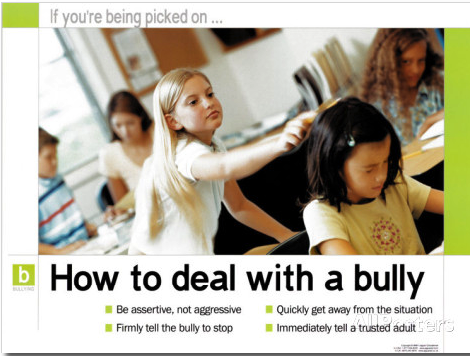 After all, you yourself learned to calm down, not by reading about it in a book, but by seeing how others do it. So use this annoying experience as "lessons in place" to teach your child to calm down.
After all, you yourself learned to calm down, not by reading about it in a book, but by seeing how others do it. So use this annoying experience as "lessons in place" to teach your child to calm down.
For example, let's say your auto repair shop calls you and tells you that the cost of repairing your car will double. You are annoyed by this message, but your child is standing nearby, who is watching you carefully. Gather as much calmness as you can and use this situation as an object lesson in anger management: "I'm so angry right now," you say calmly to your child. "The body shop just doubled the cost of fixing my car." And after that, a calming solution is offered: "We need to take a walk in order to recover." It is your example that the child will copy. nine0003
2. Get out and calm down. One of the most difficult aspects of parenting has to do with children directing their anger at you. If you're not careful, you'll find that their anger will fuel your emotions that you didn't know you had. Be careful: anger is contagious. It is best to establish a rule in your house from the very beginning: "In this house we solve problems when we are calm and in control." And then steadily follow this rule.
Be careful: anger is contagious. It is best to establish a rule in your house from the very beginning: "In this house we solve problems when we are calm and in control." And then steadily follow this rule.
Here is an example of how you can use this. The next time your child gets angry and demands a quick solution, you can say, "I need a break. Let's talk about this later," and then calmly walk out without responding to the child's reaction. A mother came to me for counseling and told me that the only way for her to leave was to lock herself in the closet. The child continued to scream and kick the door, but she did not come out until he calmed down. It took several times to apply this approach, so that it dawned on the child that she was talking seriously. From that moment on, the child understood that his mother would discuss the problem with him only when he was calm and able to keep his feelings under control. nine0003
3. Build a vocabulary of words that describe feelings. Many children show anger only because they simply do not know how to express their irritation in another way. Kicking, screaming, swearing, hitting or throwing things may be the only way they know how to express their feelings. It is pointless to ask a child, "Tell me how you feel right now?", as he may not know the right words to describe his feelings. To help him verbally express his anger, create a list of words that describe feelings by asking him, "Let's think of all the words we can use to tell the other person we're really angry," and write down his ideas. nine0003
Many children show anger only because they simply do not know how to express their irritation in another way. Kicking, screaming, swearing, hitting or throwing things may be the only way they know how to express their feelings. It is pointless to ask a child, "Tell me how you feel right now?", as he may not know the right words to describe his feelings. To help him verbally express his anger, create a list of words that describe feelings by asking him, "Let's think of all the words we can use to tell the other person we're really angry," and write down his ideas. nine0003
For example, you could use words such as "anger", "fierce", "irritation", "fury", "discontent", "rage". Write them down on a card, hang it on the wall, and try to use them. When your child gets angry, use these words so he can apply them in real life. "Looks like you're really angry. Do you want to talk about it?" Or "You look annoyed. Would you like to tell me what happened?" Keep adding new emotion words to this list each time such a new word appears in these "learning moments" throughout the day.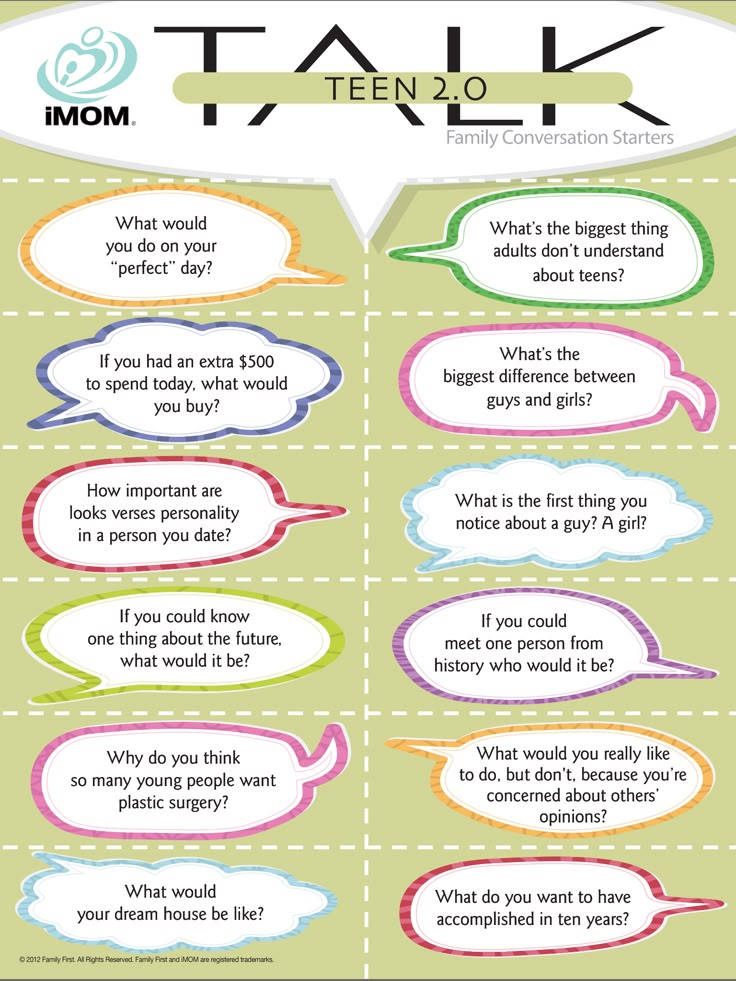 nine0003
nine0003
4. Make a calming poster. There are dozens of ways to help kids calm down when they get irritated. Unfortunately, many children are not given the opportunity to think about these possibilities. That is why they have problems. After all, the only behavior they know is the wrong way to express their own displeasure. Therefore, talk to your child about more acceptable "substitutes" for this behavior. You can make a great poster by listing them on it. Here are a few ideas fourth graders thought of: go away, think of a calming place, listen to music, hit a pillow, draw, talk to someone, sing a song. After the child chooses the "calming" method, encourage him to use the same strategy every time he gets angry. nine0003
5. Identify signs of early detection of anger. Explain to your child that we all have signals in our bodies that warn us when we get angry. We need to listen to these signals, as they keep us out of trouble. Then, help your child recognize what specific warning signals are telling them that they are getting angry.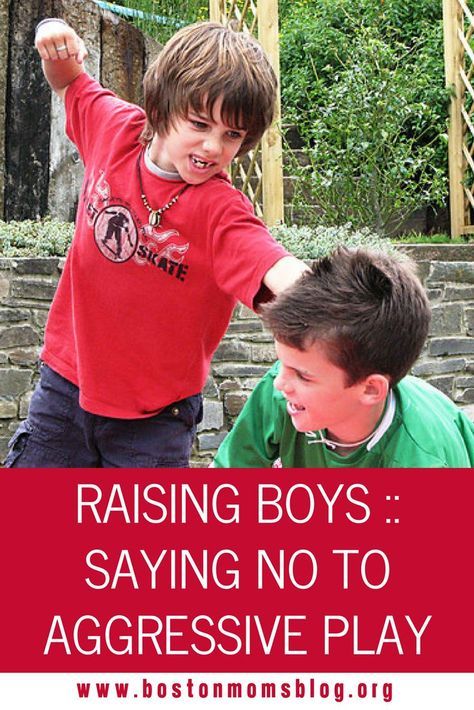 For example, "I speak louder, my cheeks start to burn, I clench my fists, my heart beats faster, my lips dry, I breathe faster." Once your child is aware of these signals, point them out at the first sign of irritation. "Look, it looks like you're starting to lose control," or "Your fists are clenched. Don't you think you're starting to get angry?" The more we help children learn to recognize these early signs of impending anger, the better they will be able to calm themselves. The appearance of the first signals is the time when the anger management strategy is most effective. Anger develops very quickly, and if you wait for the child to "melt", then it is too late to try to calm him down later. nine0003
For example, "I speak louder, my cheeks start to burn, I clench my fists, my heart beats faster, my lips dry, I breathe faster." Once your child is aware of these signals, point them out at the first sign of irritation. "Look, it looks like you're starting to lose control," or "Your fists are clenched. Don't you think you're starting to get angry?" The more we help children learn to recognize these early signs of impending anger, the better they will be able to calm themselves. The appearance of the first signals is the time when the anger management strategy is most effective. Anger develops very quickly, and if you wait for the child to "melt", then it is too late to try to calm him down later. nine0003
6. Teach your child anger management strategies. A very effective strategy for helping a child calm down is called "3 + 10". You can even write this formula on large sheets of paper and hang them around your house. Then explain to the child how to use this formula. "As soon as you feel like your body is sending you a warning signal that you're starting to lose control, do two things. First, take three deep, slow breaths into your belly. That's a 3. Then count to ten silently. It'll be 10. Together, it's 3+10 and it will help you calm down." It is necessary at the same time to show the child how to take deep and slow breaths. nine0003
First, take three deep, slow breaths into your belly. That's a 3. Then count to ten silently. It'll be 10. Together, it's 3+10 and it will help you calm down." It is necessary at the same time to show the child how to take deep and slow breaths. nine0003
Teaching children how to deal successfully with their anger is not an easy task, especially if they have previously used only aggressive display of their own irritation. Experts say that learning a new behavior requires at least 21 days of repetition. Based on this, I can recommend the following. Choose one technique that should be most successful for your child and use it every day for 21 days. Your child is much more likely to actually learn a new technique as they try to use it over and over again, which is how we learn new experiences. It is also the best way to deal with violence and help our children live more successful, peaceful lives. nine0013 -----------------
author: Michele Borba
source: "Parents"
Childish aggression.
 What to do if a child fights
What to do if a child fights
Liana Khaziakhmetova
Aggressive behavior is an integral part of a child's development. At the age of two or three years, a child may bite or hit to express disappointment, to assert himself, to protect his toy. The higher thinking skills of the child are still in development, and the child is unable to resist primitive impulses. nine0003
Children usually outgrow this phase very quickly, having mastered self-control, learning to speak and resolve conflicts without violence.
However, this behavior is disturbing. Parents always feel guilty about their kid's actions and rightfully fear that no one will want to be friends with a fighter.
By understanding what is behind this physical aggression and how to respond to it, you can teach your child many ways to deal with it without taking it out on others. In the book "What is the child thinking about?" there is an instruction what to do to parents if the child behaves aggressively. nine0003
nine0003
What is the child thinking about?
1. Put yourself in the shoes of a child. How would you react if another adult grabbed one of your most prized possessions? Then it will be easier for you to understand how difficult it is for a baby who still relies on his instincts not to take revenge on an invader who encroaches on his things.
2. Pay more attention to the victim than to the aggressor. Take pity on the victim, ask if he is all right. This will show your baby that if he fights or bites, then he will not get the attention. nine0003
3. Do the right thing. The child is angry. So instead of yelling and raising your stress level, take your baby aside, look him in the eye, and say, “This won’t do. You can get angry. You can't fight."
4. Encourage your child to use thinking. After the conflict subsides, ask your child to tell you what he could have done differently. This will help launch his rational thought processes, cope with impulsive behavior.
5. Consider whether you are paying enough attention to your child. It is important for children that their parents notice them. nine0003
If the child thinks that parents do not pay attention to him, he may resort to extreme methods. And fights are guaranteed.
Do you pay enough attention to your child? Source
6. Reward friendly behavior. Get into the habit of expressing out loud your hopes that very soon the baby will become sweet, kind and friendly. Then it will be easier for the child to understand what kind of behavior you expect from him.
7. Look for other reasons. Perhaps the child is hungry, tired, gained impressions, ate a lot of sweets. Provide him with daily care, proper nutrition and adequate exercise to eliminate the physiological causes of such outbreaks. nine0003
Suggest alternatives. Tell me how it was possible to get out of the situation in a different way. Suggest that the next time the child notices “evil” thoughts appearing in their mind, take a few deep breaths, find words to say why they are upset, talk to an adult, or go play with someone else.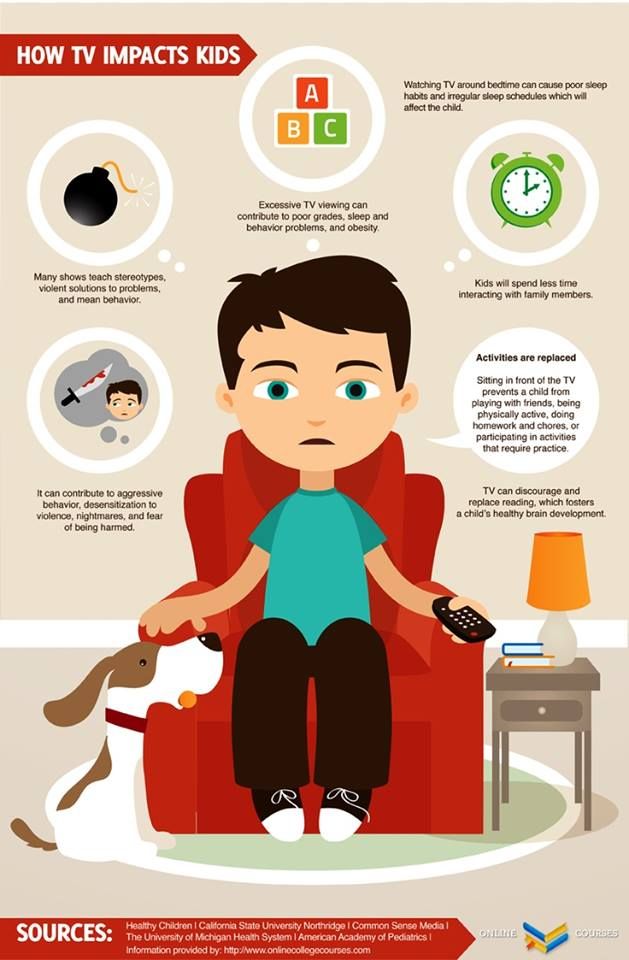
Tell the child that others cannot read his mind. Young children do not yet know how to express emotions in words. Talk about this to the baby, and it will become easier for him to explain what he likes or dislikes. nine0003
Long walks and physical activity are very beneficial for a child, because unspent energy can also cause aggression.
What to do if the aggression has not passed in 2-3 years? At the age of 4-5 years, you can start a “commendable” table and reward the child on those days when he used his hands to help someone, not harm. Use role play. In them, you can work out conflict situations and show the child how to find a way out of them without the use of physical force. nine0003
If a child at 6-7 years old is still showing aggression, watch him when he interacts with other children. Perhaps he needs additional advice on how to behave in society.
Why Parents Should Intervene in Children's Conflicts
Psychologist John Gottman writes in The Emotional Intelligence of the Child that non-intervening parents are bad at helping children learn from emotional experiences.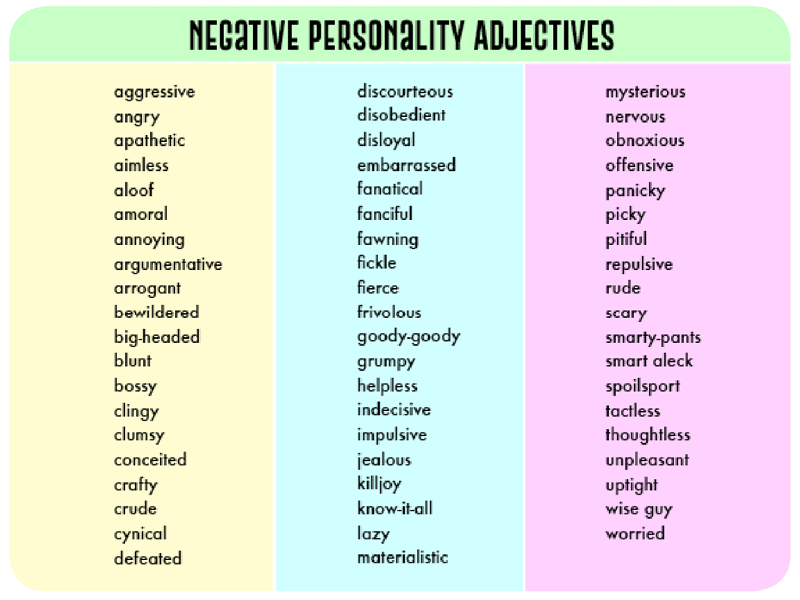 They don't teach kids how to solve problems, and many of them don't know how to set boundaries. Non-interfering parents allow everything, including expressing emotions in inappropriate ways and / or without any restrictions. For example, if the child's anger develops into aggression, and he hurts those around him with words or actions, or if a saddened child cries inconsolably, not knowing how to calm and comfort himself. Such ways of expressing negative emotions may be acceptable for parents, but not for young children who have much less life experience. Falling into a black hole of painful emotions, from which they do not know how to escape, can frighten them very much. nine0003
They don't teach kids how to solve problems, and many of them don't know how to set boundaries. Non-interfering parents allow everything, including expressing emotions in inappropriate ways and / or without any restrictions. For example, if the child's anger develops into aggression, and he hurts those around him with words or actions, or if a saddened child cries inconsolably, not knowing how to calm and comfort himself. Such ways of expressing negative emotions may be acceptable for parents, but not for young children who have much less life experience. Falling into a black hole of painful emotions, from which they do not know how to escape, can frighten them very much. nine0003
One of the causes of child aggression is physical punishment
Physical punishment (whipping, spanking, etc.) teaches that aggression is an appropriate way to get what you want. Research shows that children who are spanked are more likely to hit their mates, especially those who are smaller and weaker. Moreover, the level of their aggressiveness is directly related to the severity of punishments in the family. In adolescence, such children are more likely to hit their parents as adults; men are more likely to use and women are more likely to tolerate violence in family relationships. Finally, people who were physically punished as children are less likely to care for their elderly parents. nine0003
Moreover, the level of their aggressiveness is directly related to the severity of punishments in the family. In adolescence, such children are more likely to hit their parents as adults; men are more likely to use and women are more likely to tolerate violence in family relationships. Finally, people who were physically punished as children are less likely to care for their elderly parents. nine0003
If your child behaves aggressively, analyze your family relationships.
Do you allow a child to be hit? Do you consider physical punishment an integral part of education? If yes, then now you know the reason for children's aggression. Start with yourself, then the child will be able to change.
Anger Trap Exercise
To learn how to deal with strong emotions, a child needs to develop emotional intelligence. This is the ability of a person to recognize his own and other people's feelings, as well as manage them. For preschoolers, developed emotional intelligence helps to express feelings not with screams, but with words, overcome difficulties, make friends and resolve conflicts on the playground.